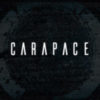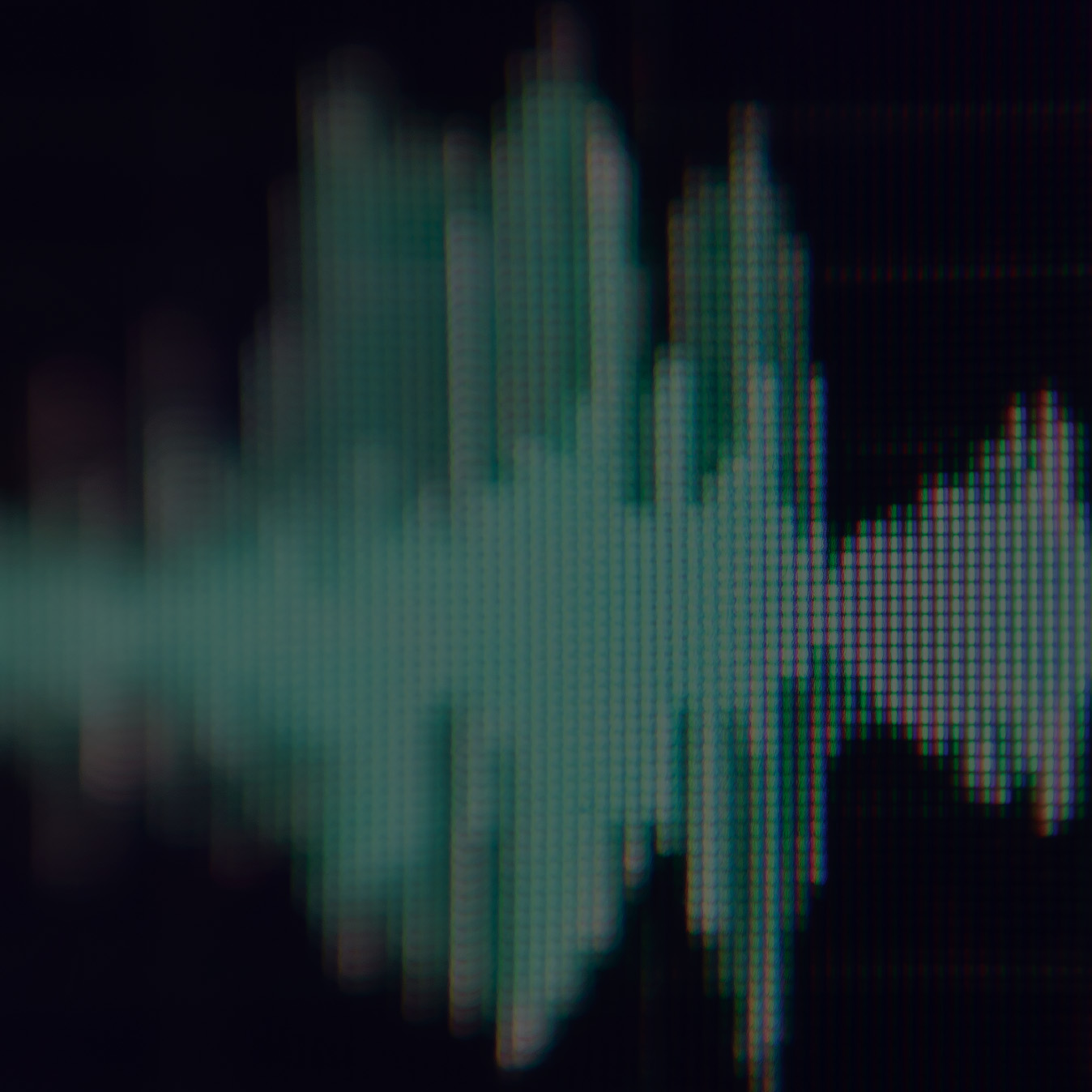IN KEY
- This topic has 4 replies, 3 voices, and was last updated 5 years, 11 months ago by ,
 shrike.
shrike.
-
AuthorPosts
-
-
2019-05-15 at 10:58:37 #79919,
 Jards.Participant
Jards.ParticipantHi ,
I have seen the QZB tutorial but i want to make my own kick in key so can you tell me a way to set the Note / Freq of my kick in ableton ? so that if i have my sub in E my Kick is also in E ?
I did the last tunes just by listening wich fits close but i want to make it sure that it is in key !
-
2019-05-15 at 17:39:49 #79955,
 carapacednbParticipant
carapacednbParticipantQZB’s Operator template lets you select the fundamental frequency of the “synth kick” that they then use as the basis for a more colorful, musical kick. It’s best to then use a spectrum analyzer like SPAN to verify the fundamental frequency or “note” of the kick.
SPAN, which is free, has a cool feature where if you hold ctnrl + left-mouse you can isolate whatever part of the spectrum you’re hovering over. If you want to find the fundamental of anything, do this, then sweep around the spectrum. The fundamental will usually jump out at you, as it will be louder than the other parts of the spectrum.
-
2019-05-16 at 00:41:32 #79982,
 shrikeParticipant
shrikeParticipantNo, your kick does not need to be an E to be in key. It depends on what key you want to be in. Google and download some images that show notes in a scale. To be in key would be to select any notes within that scale. This is a very simple explanation, and there are other things to consider.
The most common key in drum and bass is F minor. The notes in it would be F,G,G#,A#,B,C,C#,& D#. The reason it’s most common is that F0 hits at a really nice spot on the sub, lots of energy, not much loss. Technically you could use any notes in that scale, but the foundation, likely the sub, should be an F0 note. F0 is probably too low for a dnb kick. And doubling it, to around 86hz, which is F1, might be too high for a kick (we’re talking subjective taste, here, not empirical “rules”), so you might set your kick to, say C2, a nice middle ground between the F’s, and still in Fm key. Then your snare, which often peeps want to feel a little elevated from the kick, ala low.high.low-high, where kick is “low” and the snare is tonally higher, that bit you might put at, say C#4, or maybe F4.
So you need to consider octaves, then tones within that octave. The part about being in key is making sure that notes not in your chosen key don’t sneak in. If you put an F# in an Fm key, it becomes something else, and has a chance of just sounding bad and out of key.
This is an extremely useful reference that many of us use:
http://pages.mtu.edu/~suits/notefreqs.html
Between that and having a chart of musical scales, you can find your way fairly objectively…but of course your ears are also a guide.
_-| get to work |-_
-
2019-05-16 at 07:27:11 #80000,
 Jards.Participant
Jards.ParticipantThanks guys ,
Yes i know i didnt have to make it in E was just to take note from QZB vid !
this is really helpfull ! I was Looking at the Note sheet few times and was using circle of fith also but didnt Always get it Right i like to look at the spectrum after a Sketch to see whats going on in my already made idea.In key was just a Thing i read over in micing masterclass so just wanted to know if it is in Need to be Always in key or if it sounds good it is good
-
2019-05-18 at 22:18:28 #80253,
 shrikeParticipant
shrikeParticipant
-
-
AuthorPosts
- You must be logged in to reply to this topic.




